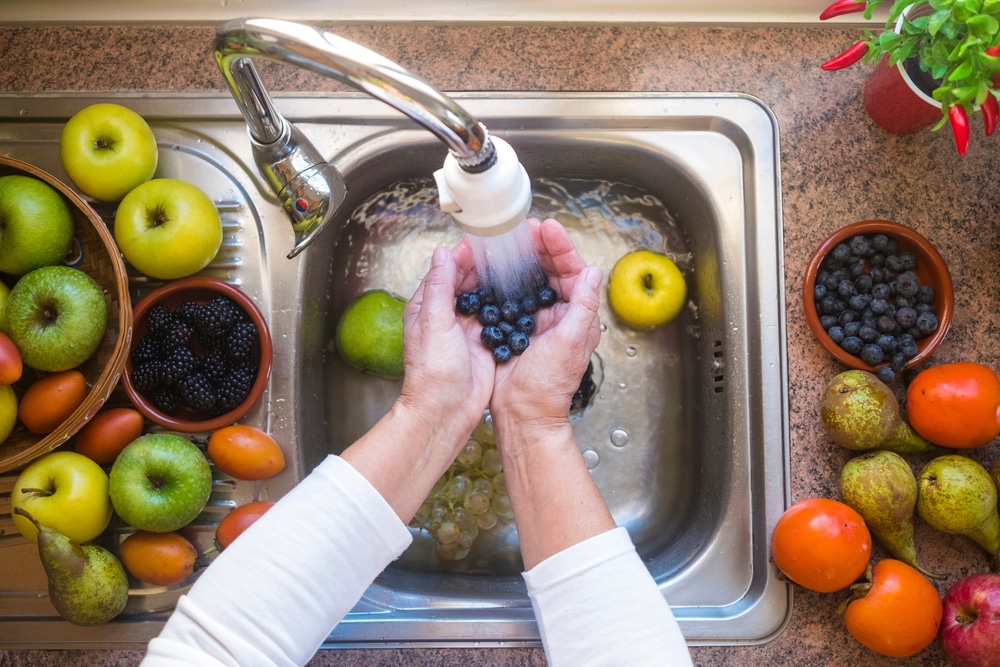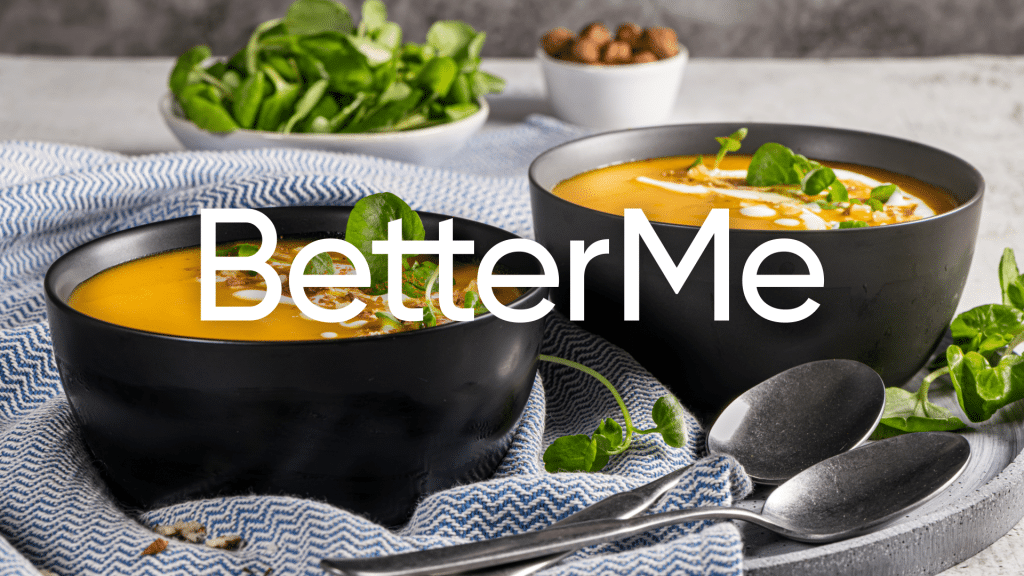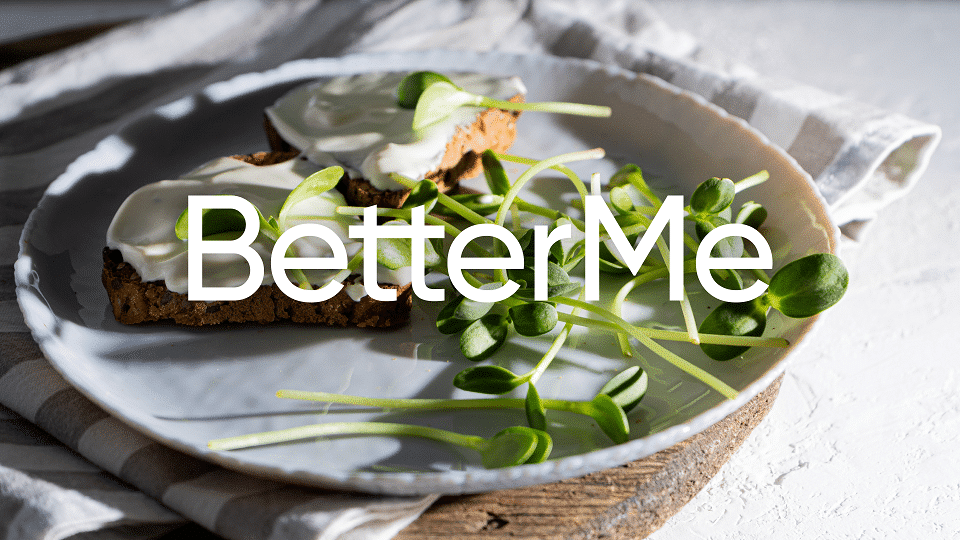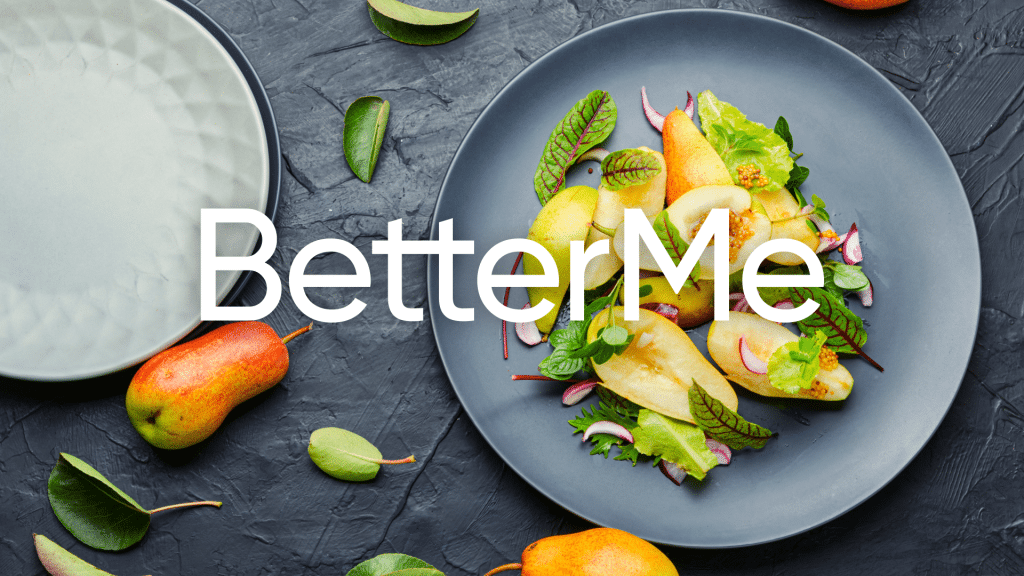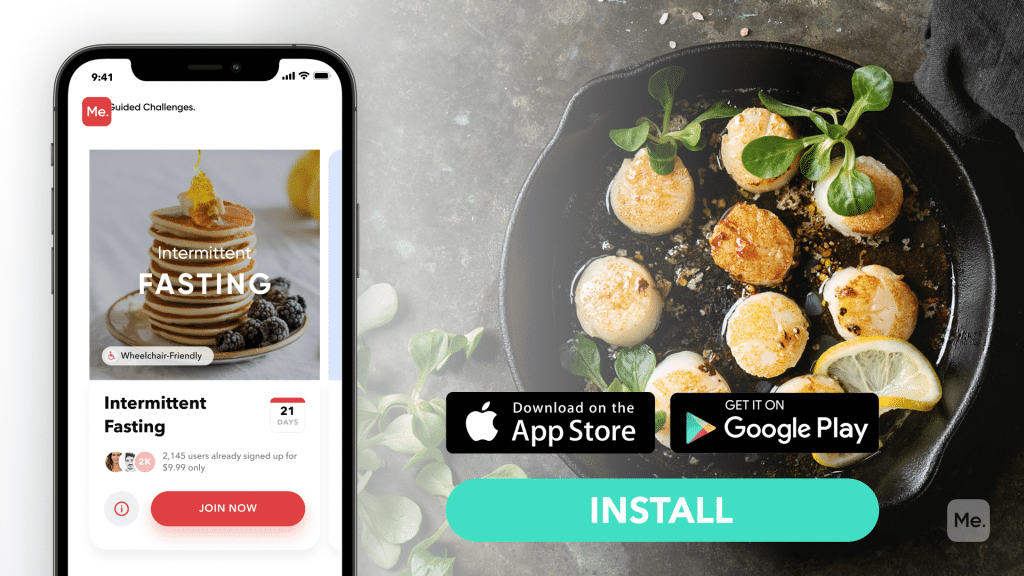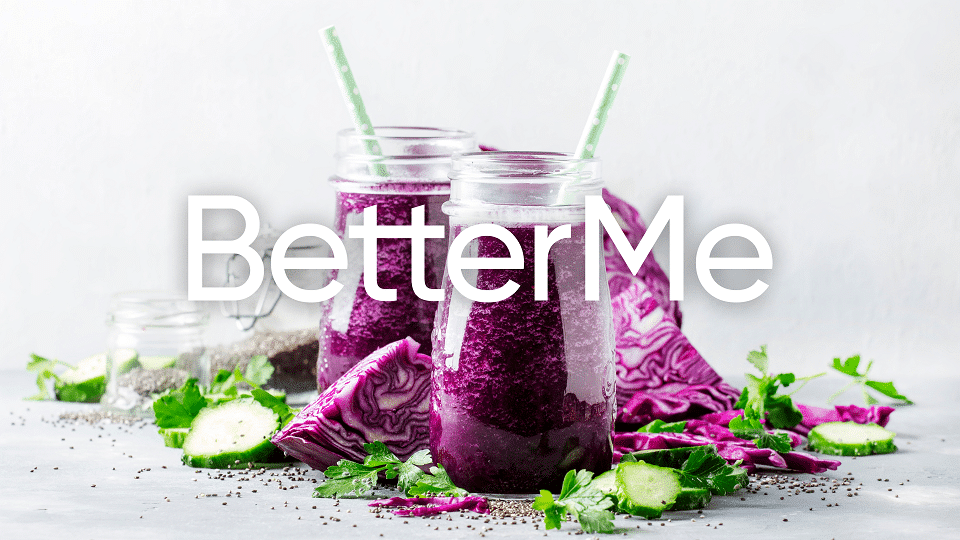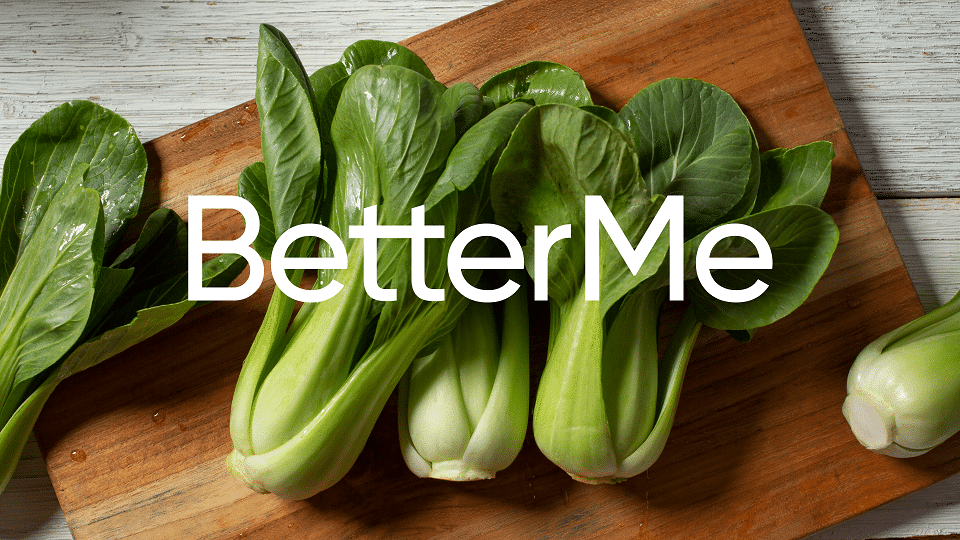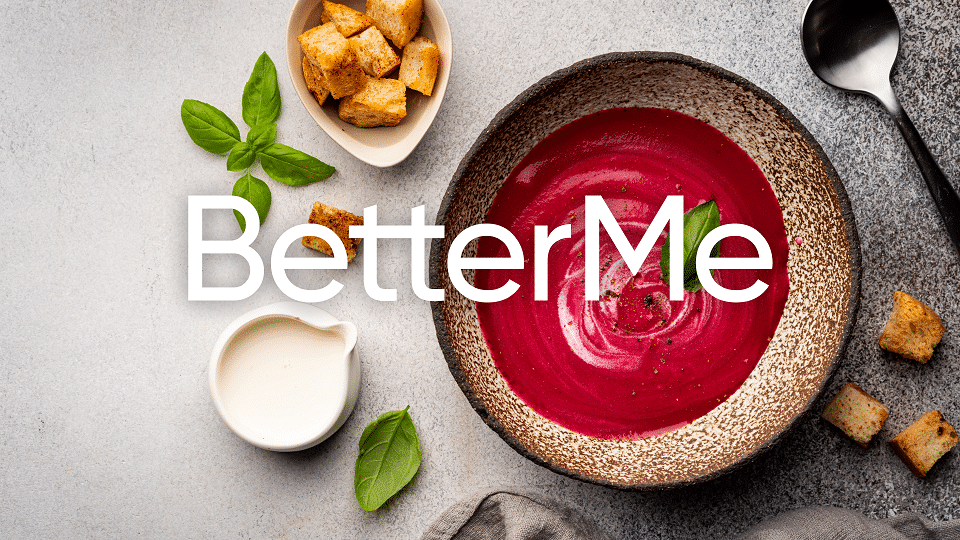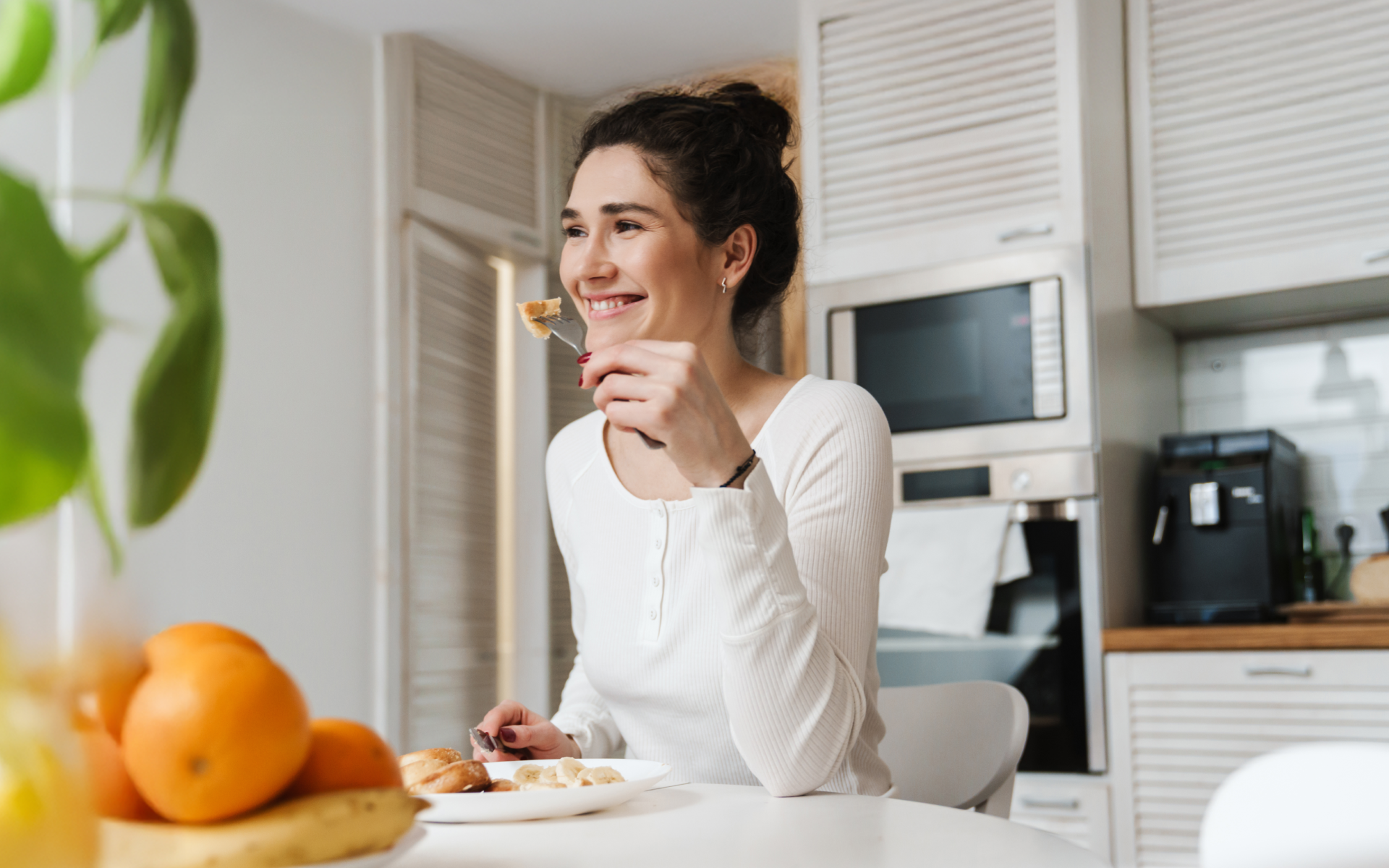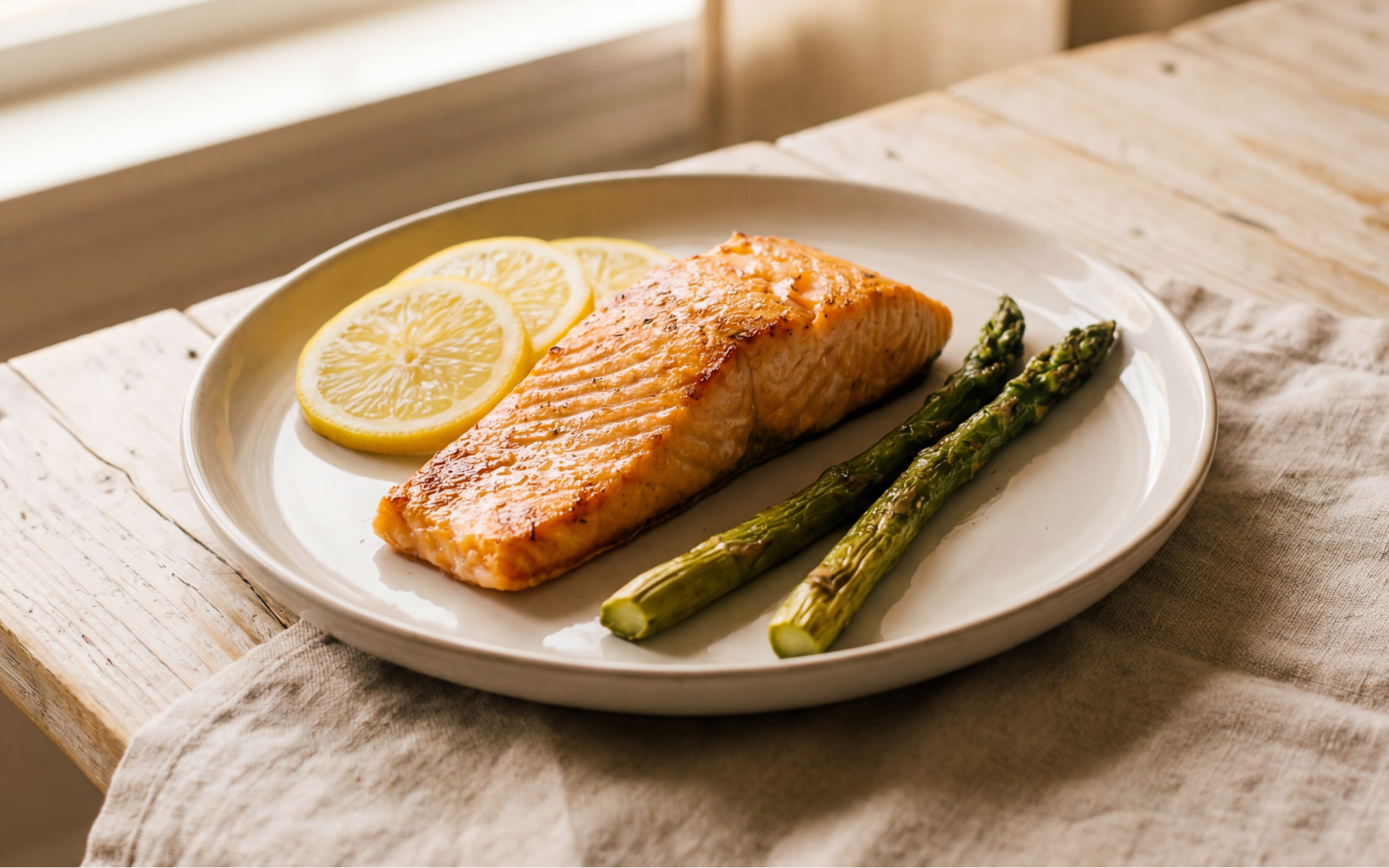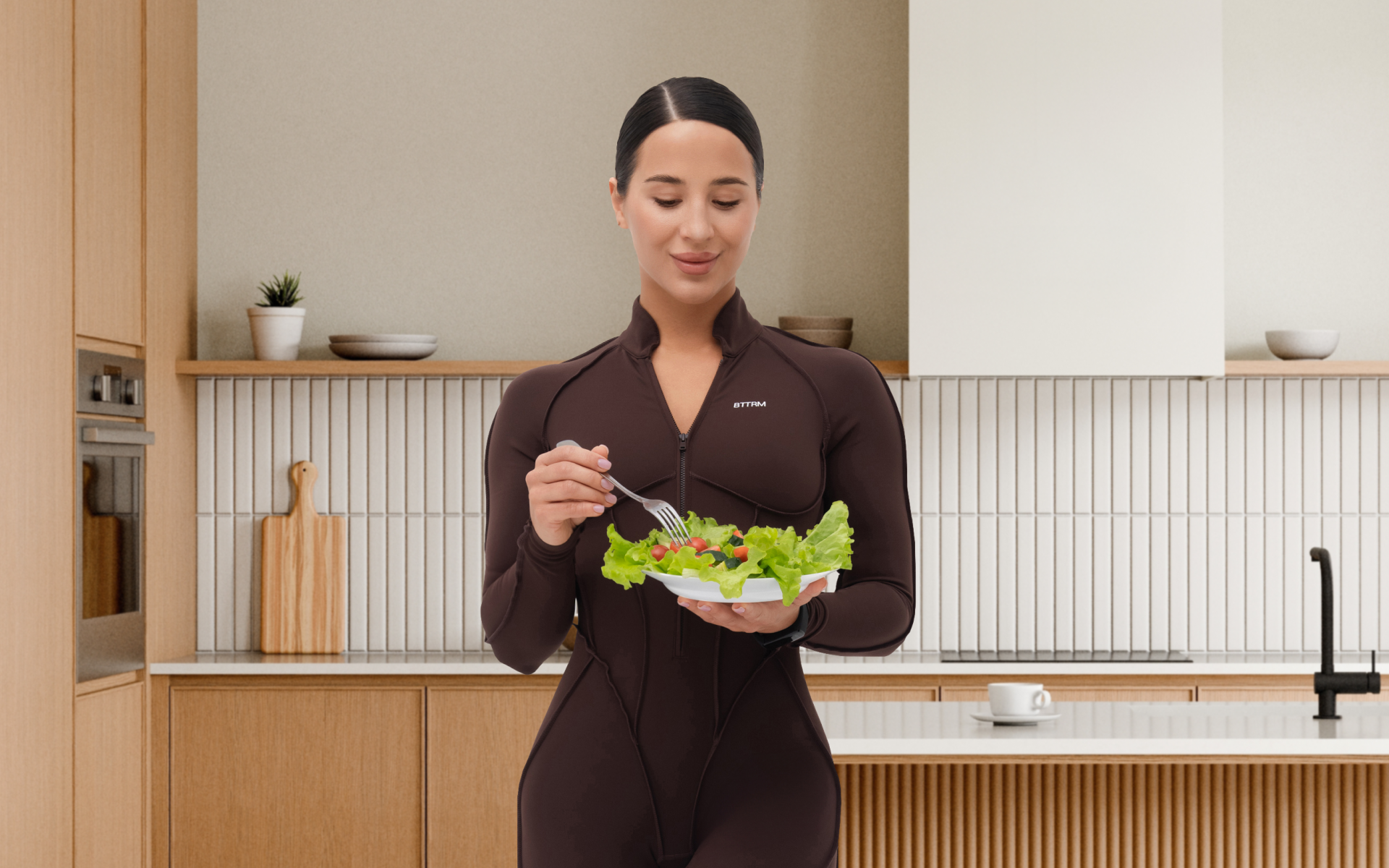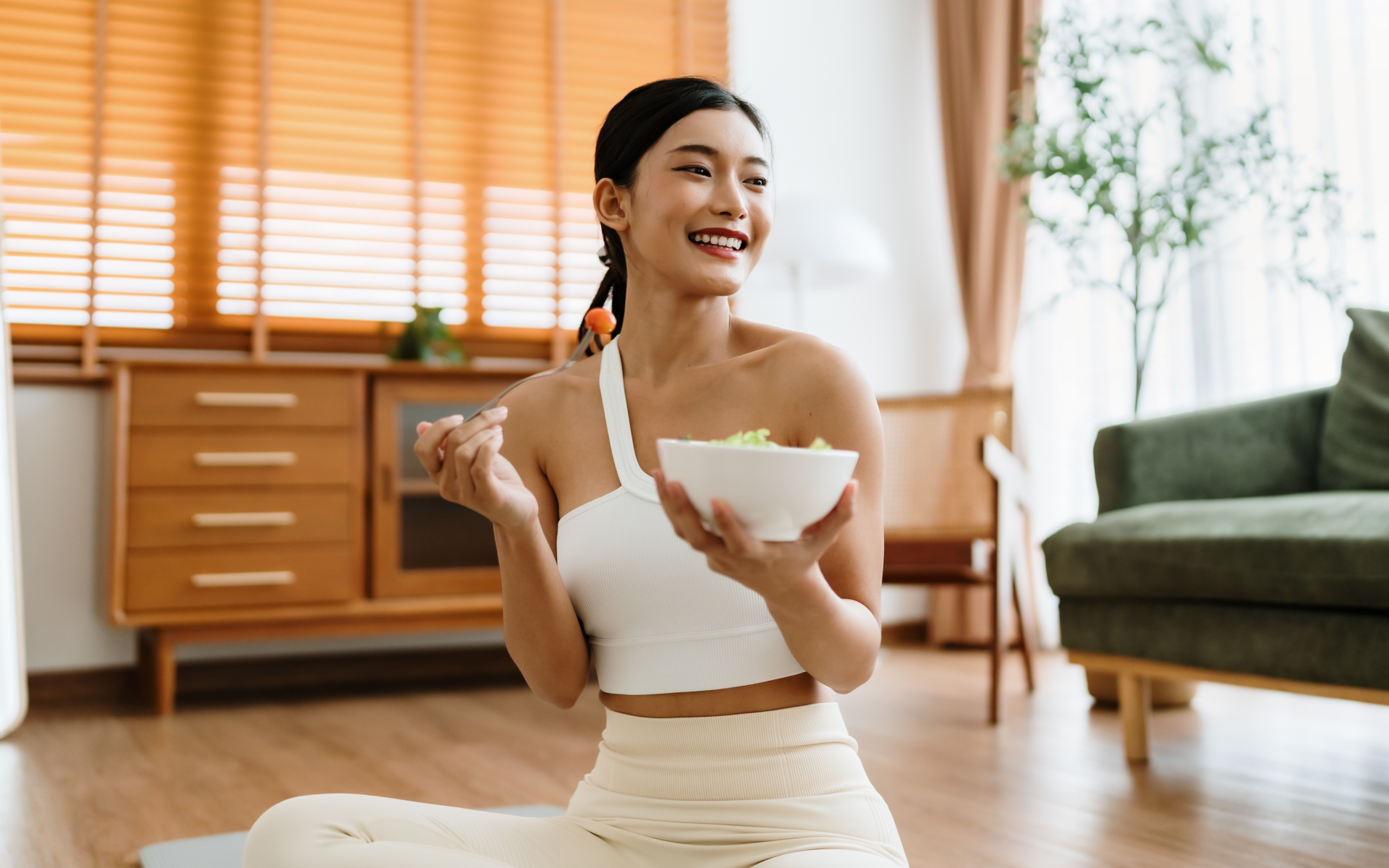Potassium is an essential mineral that helps regulate fluid balance, muscle contractions, and nerve function (2). A low potassium diet is often recommended for people who have kidney disease or are taking certain medications (2). While a low potassium diet may seem restrictive, there are many delicious foods that are low in potassium. This article provides a list of the best foods to eat on a low potassium diet menu, as well as some tips on what to avoid.
What Is A Low Potassium Diet?
A low potassium diet is a diet that contains less than 2,000 mg of potassium per day (2). For most people, this means eating less than six to eight servings of fruits and vegetables per day.
People with advanced kidney disease or those taking certain medications may need to limit their intake to even less, depending on their healthcare team’s recommendations.
Who Might Need To Follow A Low Potassium Diet?
Hyperkalemia is a condition in which there is too much potassium in the blood. The body needs a delicate balance of potassium to maintain normal cell function. When this balance is upset, it can cause problems like an irregular heartbeat or even heart failure (1).
For most people, the body can easily regulate potassium levels in the blood and hyperkalemia is not likely to happen. However, some illnesses, injuries, medications, or diseases disrupt the body’s ability to regulate potassium levels. If potassium levels in the blood become too high, it can be life-threatening. These people may need to follow a low potassium diet to help keep their potassium levels in check:
Kidney Problems
The kidneys play a major role in regulating potassium levels in the body. When they are not working properly, potassium can build up to dangerous levels. People with kidney problems are at a higher risk for hyperkalemia and may need to follow a low potassium diet (2).
Read More: Lymphocytic Colitis Diet: Foods To Eat, Avoid, Plus A Few Meal Idea
Certain Medications
There are some medications that can cause hyperkalemia as a side effect.
These include certain blood pressure medications, water pills (diuretics), and potassium-sparing diuretics (2). If you take any of these medications, be sure to talk to your doctor about the risks of hyperkalemia and whether or not you need to follow a low potassium diet.
What Foods To Avoid On A Low Potassium Diet
There are many foods that are high in potassium that people need to avoid when following a low potassium diet. These foods include:
- Fruits – Bananas, melons, oranges, nectarines, kiwi, mango, papaya, prunes, pomegranate, dates, dried fruits, and dried figs
- Vegetables – Tomatoes, potatoes, sweet potatoes, carrots, winter squash, spinach, Swiss chard, beet greens, kale, collards, and dried beans
- Dairy – Milk, yogurt, ice cream
- Nuts and seeds – Almonds, cashews, chestnuts, pistachios, sunflower seeds, and pumpkin seeds
- Legumes – Lentils, peas, kidney beans, black-eyed peas, lima beans, soybeans
- Processed foods – Certain cereals, energy bars, and sports drinks
Which Foods To Include In Your Low Potassium Diet
These lower-potassium foods may be included in your diet in moderation.
- Fruits – Apples, pears, berries, grapes, cherries, pineapples, and peaches
- Vegetables – Cucumbers, cabbage, celery, iceberg lettuce, eggplant, onions, radishes, turnips, carrots, asparagus, and green beans
- Refined grains – rice, pasta, cereal, and bread (not whole grain)
- Dairy – Butter, cheese, and sour cream
- Meat and poultry – Beef, pork, chicken, turkey, and lamb
- Fish – Tuna, salmon cod, flounder, haddock, shrimp, and scallops
- Lower potassium condiments – mustard, vinegar, salt, and sugar
What Serving Sizes Should I Have On A Low Potassium Diet?
The serving sizes for each food will vary depending on your potassium goals. Talk to your doctor or dietitian to come up with a plan that is right for you.
According to the National Kidney Foundation, these are the serving sizes of various foods. Your dietitian can tell you how many servings of each food you should aim to eat per meal or per day (3):
- Meats, poultry, fish – 1 oz cooked
- Dairy – 1 oz milk, 1 egg, 1 oz cheese
- Grains -1/2 cup cooked cereal, ⅓ cup cooked pasta or rice, 1 slice of bread, or 1/2 hamburger bun
- Vegetables – 1/2 cup cooked, 1 cup raw
- Fruits – 1 small fresh fruit. 1/2 cup canned, 4 oz fresh fruit juice
- Nuts – 1/4 cup
- Seeds – 2 tablespoons
- Legumes – 1/2 cup cooked
- Peanut butter – 2 tablespoons
If you struggle to even flirt with the idea of giving up your favorite foods or working out till your legs give way – BetterMe app is here to breathe a fresh perspective into the way you view the weight loss process! Check out the app and experience the fun side of fitness and dieting with BetterMe!
Low Potassium Diet Menu
Here is a sample menu for a low potassium diet.
Day 1
- Breakfast: Omelet with 1/4 cup low potassium vegetables, 1 slice whole wheat toast, 1 tablespoon margarine, and 1/2 cup orange juice
- Lunch: Tuna salad sandwich on bread with lettuce, 1 medium apple, and 1/2 cup milk
- Dinner: Roast beef, mashed turnips, 1/2 cup cooked carrots, and 1 small dinner roll with margarine
- Snacks: Celery sticks with peanut butter
Day 2
- Breakfast: Scrambled eggs, 1 slice toast, 1 tablespoon margarine, and 1/2 cup grapefruit juice
- Lunch: Chef’s salad with turkey and cheese, 1 small dinner roll with margarine, and 1/2 cup milk
- Dinner: Porkchop, 1 cup rice pilaf, 1/2 cup green beans
- Snacks: Berries
Day 3
- Breakfast: Oatmeal with raisins, 1/2 cup milk, and ½ cup berries
- Lunch: Peanut butter and jelly sandwich, raw carrots and celery sticks
- Dinner: Turkey, mashed potatoes, green beans
- Snacks: Apple slices and 1 tablespoon peanut butter
Day 4
- Breakfast : Cream of wheat, 1/2 cup milk, and 1 small peach
- Lunch: Tuna salad wrap with lettuce and tomato, 1 small bag of chips, and grapes
- Dinner: Salmon, quinoa, roasted asparagus
- Snacks: Yogurt
Day 5
- Breakfast: Scrambled eggs with diced ham, 1 slice toast, and 1/2 cup berries
- Lunch: Soup and sandwich, small salad
- Dinner: Beef tacos
- Snacks: Vegetable sticks with hummus
Day 6
- Breakfast: Pancakes, 1 tablespoon margarine, and 1/2 cup orange juice
- Lunch: Beef hamburger on a bun, lettuce, onion, pickle
- Dinner: Turkey Alfredo with asparagus
- Snacks: Popcorn
Day 7
- Breakfast: Waffles with syrup, 1/2 cup blueberries, and 1/2 cup milk
- Lunch: Grilled cheese sandwich, 1 small bowl of roasted eggplant soup
- Dinner: Pasta and slow cooker beef stew
- Snacks: Apple slices with 1 tablespoon peanut butter
Read More: Gallbladder Diet Recipes: Simple Recipes To Maintain A Healthy Gallbladder
What Are The Risks Of Not Following A Low Potassium Diet?
If you do not follow a low potassium diet and your potassium levels become too high, it can lead to (1):
- Muscle weakness
- Fatigue
- Paralysis
- Abnormal heart rhythms
- Cardiac arrest
You may need to be hospitalized if your potassium levels become dangerously high. Medications and intravenous fluids may be necessary to bring your levels back to normal.
Dos And Don’ts Of A Low Potassium Diet
Do:
- Plan your meals in advance. This will help you make sure you are getting the right nutrients and not exceeding your potassium goals.
- Eat smaller meals more often throughout the day. This can help you avoid becoming too hungry and overeating.
- Read food labels carefully. Many processed foods are high in potassium and you may not realize it.
- Choose fresh fruits and vegetables when possible. Canned and frozen fruits and vegetables often have added sodium, which you are likely also recommended to limit on a low sodium diet.
- Cook at home as much as possible. This way you can control the amount of potassium in your food.
- Avoid salt substitutes. They often contain potassium and can increase your intake.
- Choose low or no-sodium versions of foods when possible.
- Limit your intake of dairy products. Dairy is high in potassium and should be limited on a low potassium diet.
- Choose restaurants that offer healthy options. Many restaurants now have menus with nutritional information listed.
Don’t:
- Skip meals or snacks. This can make it more likely for you to overeat later in the day.
- Avoid fruits and vegetables altogether. While they are high in potassium, they also contain important vitamins and minerals. Just be sure to limit your intake and choose ones that are lower in potassium.
- Eat foods that are low in potassium without portion control. Just because a food is low in potassium does not mean you can eat as much as you want.
- Go on a crash diet. Rapid weight loss can lead to an increase in potassium levels.
- Eat too many processed foods or fast food. These foods are often high in sodium and potassium.
- Forget to take your medications. If you have a condition that requires you to take potassium-lowering medication, be sure to take it as prescribed.
If you have any questions about following a low potassium diet, talk to your doctor or dietitian. They can help you create a plan that is right for you.
Tips For Success When Eating Out On A Low Potassium Diet
Just because you’re on a low potassium diet doesn’t mean you have to eat all of your meals at home. Here are some tips for eating out:
Plan Ahead
Plan ahead and look up the menu online before you go. This way you can see what low potassium options are available.
Avoid Higher Potassium Foods Beforehand
To have more choices when you’re at the restaurant, try avoiding higher potassium foods earlier in the day. This way you’ll have more allowance to enjoy a higher potassium meal later on.
Whether you’re a workout beast or just a beginner making your first foray into the world of fitness and dieting – BetterMe has a lot to offer to both newbies and experts! Install the app and experience the versatility first-hand!
Make Special Requests
Don’t be afraid to make special requests when you’re ordering your food. Most restaurants are happy to accommodate dietary restrictions.
Skip The Salad Bar
Salad bars can be tempting, but they are often high in potassium due to all of the toppings. If the restaurant has a salad bar, it’s best to avoid it.
Share Your Food
If you’re worried about portion sizes, try sharing your food with a friend or family member. This way you can still enjoy a restaurant meal without overeating.
Request No Added Salt
When ordering your food, request that no additional salt be added. This will help reduce your sodium intake.
Make Special Requests
Don’t be afraid to make special requests. Most restaurants are happy to accommodate dietary restrictions.
Ask For Your Food To Be Prepared A Certain Way
If there is an option on the menu that sounds good but is high in potassium, ask if it can be prepared a different way.
Skip The Sauce
Many sauces and dressings are high in sodium and potassium. Ask for them to be prepared on the side so you can control how much you eat.
Watch Your Portion Size
Even if a food is relatively low in potassium, eating too much of it can still cause your potassium levels to rise. Be sure to control your portion size and only eat until you are full.
Eating out on a low potassium diet doesn’t have to be difficult. With a little planning, you can enjoy a meal at your favorite restaurant without worrying about your potassium levels.
Potassium Content In Ethnic Foods
It can be difficult to find low potassium foods when eating at a restaurant. However, there are still some options available.
Here is the general potassium content of some common ethnic cuisines:
Chinese Food
While Chinese food can be high in sodium, there are still some low potassium options available. Try lower-potassium vegetables such as snow peas, string beans, water chestnuts, bean sprouts, or bok choy
Mexican Food
Mexican food is often high in potassium due to the beans and vegetables used in many dishes. Avoid salsa verde, guacamole refried beans, and black beans. Opt for lower-potassium options such as flour tortillas, chicken, or shrimp.
Italian Food
Many Italian dishes are high in potassium due to the tomato sauce used in them. Avoid pasta with marinara sauce, spaghetti with meatballs, and lasagna. Opt for plain pasta, white pizza, or chicken parmesan.
Soul Food
Unfortunately, many soul food dishes are high in potassium.
To lower the potassium content, avoid foods such as sweet potatoes, collard greens, and black-eyed peas. Opt for white rice, fried chicken without the skin, or green beans.
The Bottom Line
A low potassium diet is essential for some people with kidney disease. However, following this diet doesn’t mean you have to give up eating out at your favorite restaurants. With a little planning, you can still enjoy a meal away from home.
Get your personalized
meal plan!
DISCLAIMER:
This article is intended for general informational purposes only and does not serve to address individual circumstances. It is not a substitute for professional advice or help and should not be relied on for making any kind of decision-making. Any action taken as a direct or indirect result of the information in this article is entirely at your own risk and is your sole responsibility.
BetterMe, its content staff, and its medical advisors accept no responsibility for inaccuracies, errors, misstatements, inconsistencies, or omissions and specifically disclaim any liability, loss or risk, personal, professional or otherwise, which may be incurred as a consequence, directly or indirectly, of the use and/or application of any content.
You should always seek the advice of your physician or other qualified health provider with any questions you may have regarding a medical condition or your specific situation. Never disregard professional medical advice or delay seeking it because of BetterMe content. If you suspect or think you may have a medical emergency, call your doctor.
SOURCES:
- Hyperkalemia (2022, nih.gov)
- Potassium (2021, nih.gov)
- YOUR GUIDE TO A LOW POTASSIUM DIET (2018, kidney.org)
